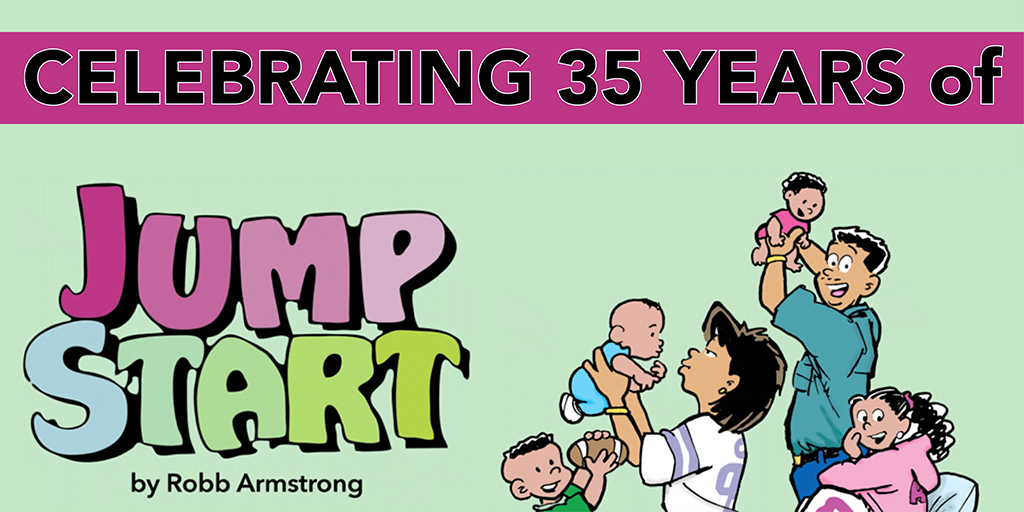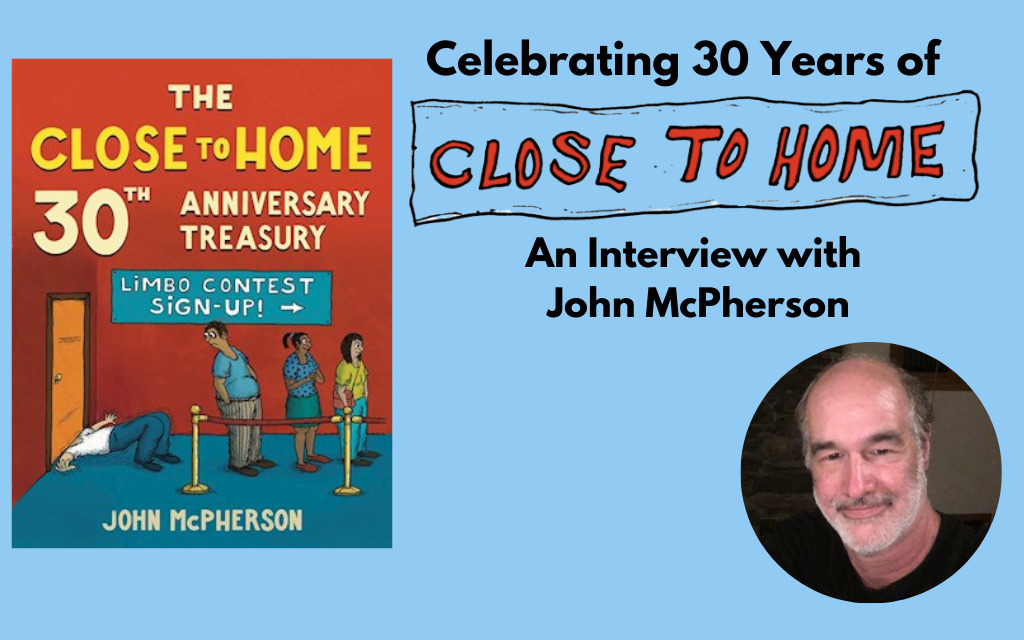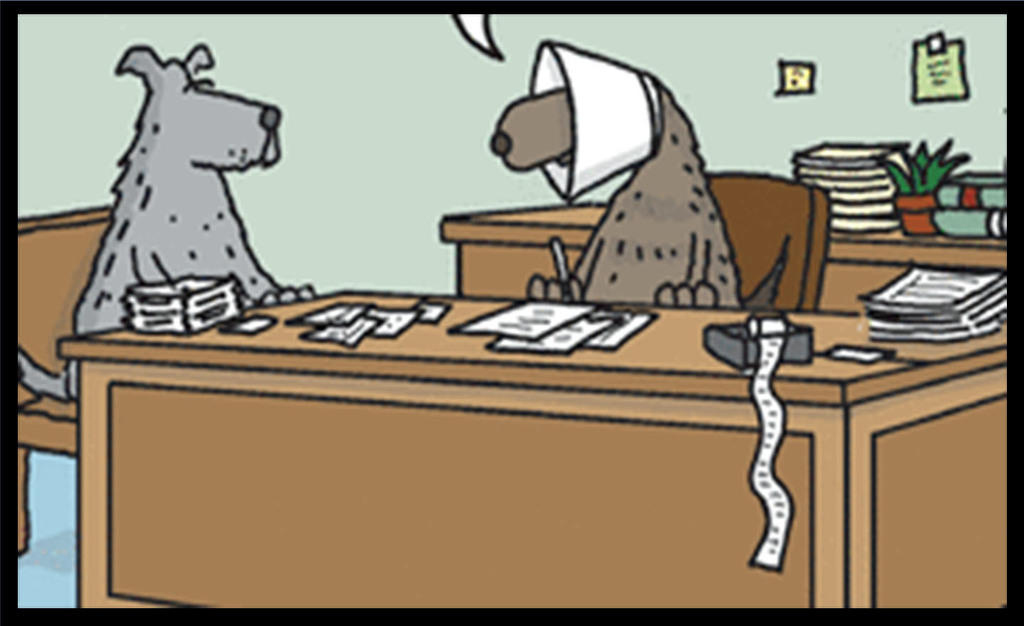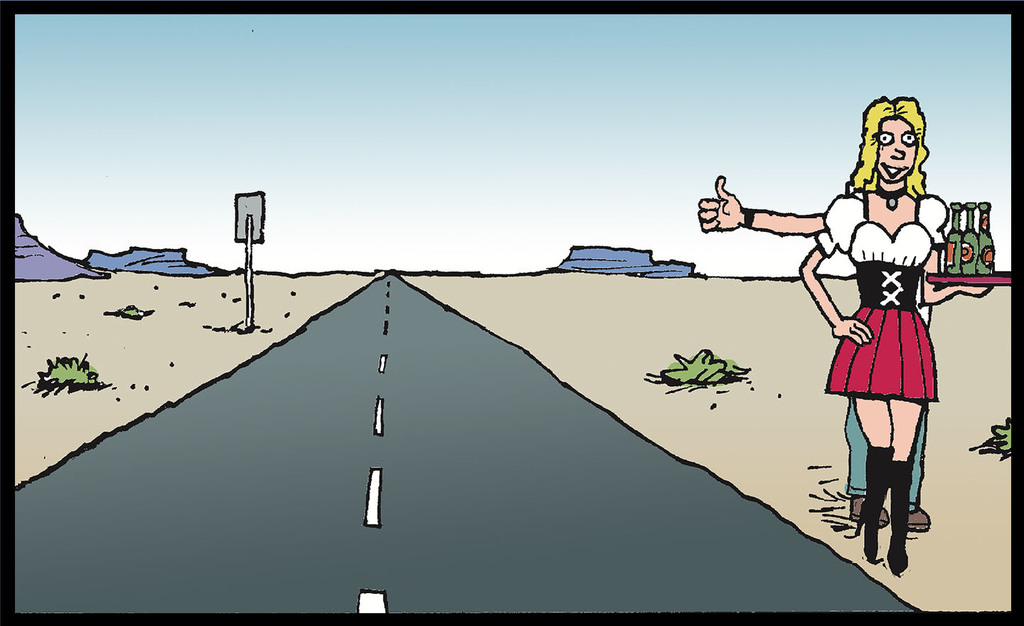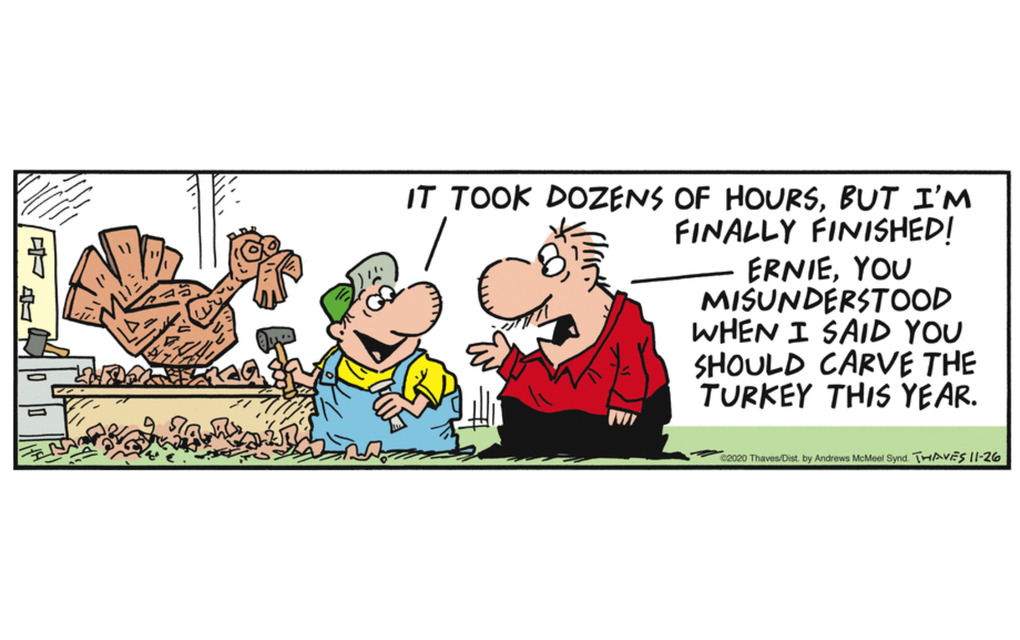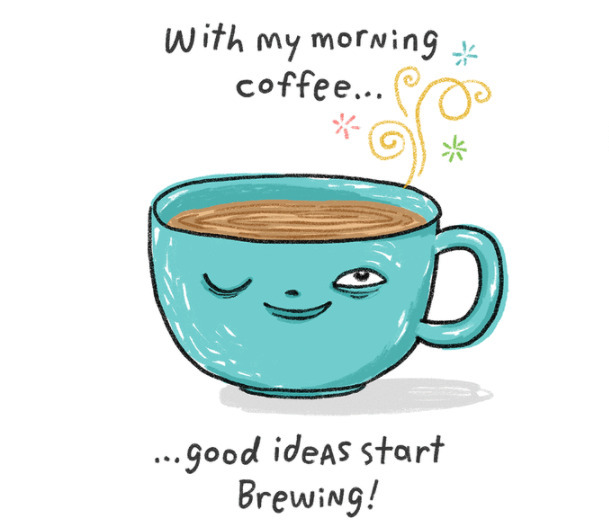Brian Basset (Red and Rover)
by GoComicsRed and Rover has grown to be one of the most popular features on GoComics. What's not to like about a well-drawn comic about a boy and his dog? It's often commented on as being endearing, thoughtful and sweet, while remaining funny. Did you know that Brian was also the creator of syndicated comic Adam@Home? Cartoonist Brian Basset talks about his roots and inspiration in this segment of "Meet Your Creator".
Four things to know about me.
1) My father was a cartoonist. (2) I was an adorable redheaded, freckled little boy. (3) I love dogs. (4) My last name is Basset. So there you have it. There was no denying my destiny -- I was born to do a cartoon about a boy and a dog, though not necessarily a basset hound.
Growing up in a household where my father was a cartoonist was a wonderful twist on reality. It was always somewhat difficult for my father to get overly upset when I brought home poor grades that were also accompanied with references to my constant doodling in class.
Being the youngest of three allowed me a certain degree of latitude. Since I seemed to be a pretty good kid (I had all my digits and the neighborhood adults waved to me), I was, for the most part, left to my own devices. At home, I viewed just enough television (TV shows are a visual art form not unlike comic strips) to understand how to construct story lines, appreciate and understand "camera angles" and, most importantly, emphasize good character development. At school, I often used my teacher's voice during lessons as white noise, which is extremely suitable for daydreaming and its close cousin, doodling. To this day I take my writing outside of my studio to a local coffee shop so I can be surrounded by multiple conversations and activities that I channel into "white noise." Others need music to create; I use "white noise."
By the time I was in high school, I knew I wanted to be a professional cartoonist -- a political cartoonist like my father, to be specific. As staff cartoonist for my high school paper I drew editorial cartoons, a sports comic strip called Stars and Studs and a variety of illustrations. During my senior year, I applied to a number of colleges and universities primarily for their journalism and art programs. In September 1975, I walked onto the campus of The Ohio State University as a freshman fine arts major and became the staff cartoonist for The Ohio State Lantern.
My Ohio State experience was filled with growth, both as an individual and cartoonist. I drew three editorial cartoons a week for the Lantern for three years. During that time, I also served two summer internships with the Detroit Free-Press, drawing five editorial cartoons per week. In late August 1978, after my second stint in Detroit, I decided to strike out on my own with the hope of securing a full-time position somewhere as an editorial cartoonist for a daily newspaper. Riding the rails, I slipped into Seattle one drizzly, foggy night -- Sept. 13 to be exact -- and found myself a $20 hotel room. The following morning I dropped in unannounced, first, at the now-defunct Seattle Post-Intelligencer, followed an hour later by The Seattle Times, where I asked to see the editorial page editor for each paper. My impromptu interviews couldn't have lasted more than 10 minutes. Catching both editors off guard was an understatement. At least I would be dinner conversation that evening.
Friends of a friend at Ohio State living in Seattle ended up housing me for the next few weeks while I followed the local political scene intensely. I subsequently drew up a dozen or so cartoons to take back to the editors I had met with earlier. Herb Robinson, then the editorial page editor for the Seattle Times, proposed a six-month tryout. At the end of the six months, my performance would be evaluated and the decision to hire me full-time would be made. I began my tryout on Oct. 23, 1978. Six months later, I was a full-time employee of The Seattle Times.
Fast-forward nearly five years to the summer of 1983. At the time, a number of editorial cartoonists, first led by Jeff MacNelly with Shoe, were trying their hands at doing a comic strip. Whereas a reporter could strive to become an editor and an editor an officer in the company or even publisher one day, an editorial cartoonist could strive to become, well, an older editorial cartoonist. Except for syndication, there weren't many ways to supplement one's salary if you happened to be an editorial cartoonist. So I gave comic strips a try. A year later, my first comic strip, Adam, debuted with Universal Press Syndicate.
Adam focused around a stay-at-home dad with two small children (eventually I would add a third) and a wife who worked at an office. Traditional household roles at the time were slowly changing. Even Hollywood tapped into this phenomenon that same year with "Mr. Mom," starring Michael Keaton.
In hindsight, my daytime job as an editorial cartoonist had honed my artistic skills, but when it came to writing a comic strip, it was truly on-the-job training. That said, my tenure doing Adam, later changed to Adam@Home, would be relatively successful. Ten years after starting Adam, I lost my job at the Seattle Times during a period of downsizing. I was now a full-time comic strip cartoonist.
With two small children at home, I was very grateful to still have an income coming in. This period obviously gave me significantly more time to devote to Adam, as well as understanding its shortcomings. For the first time, it really hit me as to what was required to create and sustain a successful comic strip. First and foremost, a strip needs interesting characters that readers care about, followed by consistently good writing and stronger self-editing, along with storylines readers could identify with, attention to pacing and timing of panels, economy of line, strong design work and more attention to my inking.
Starting in the mid-1990s I began drawing invitation covers for the Seattle Humane Society's annual fundraiser, Tuxes & Tails. It was during this time that I drew many dogs of varying breeds, shapes and sizes, yet I consistently showcased an unnamed lab-mix each year that I was drawn to drawing (bad pun). Then, in about 1998, I pondered a simple question: If I were to start an entirely new strip with all the knowledge and perspective I had obtained doing Adam, just how much better would that feature be and would I enjoy doing it even more than Adam? I suppose one of the greatest realizations I had come to after my years doing Adam was that if I was going to commit the additional time and energy to a new feature, it had better be extremely close to my heart. It was going to have to be something I could not imagine not doing -- something that not even a high fever could keep me away from my drawing table.
After 18 months of development, Red and Rover first appeared in newspapers on May 7, 2000. On May 26, 2013, it was awarded the highest honor a newspaper comic strip can achieve, the Reuben Award from the National Cartoonists Society for Best Newspaper Comic Strip of the Year.
Since day one I have so thoroughly enjoyed bringing Red and Rover to comic strip readers both online and in print that I cannot imagine not doing it -- and yes, Red, and his faithful canine companion Rover, truly are that close to my heart.
-- Brian Basset
(Brian will blog in greater detail about Red and Rover in a future posting, to be announced.)
Read Adam@Home from its early days, along with Red and Rover! Also, "like" Red and Rover on Facebook.


